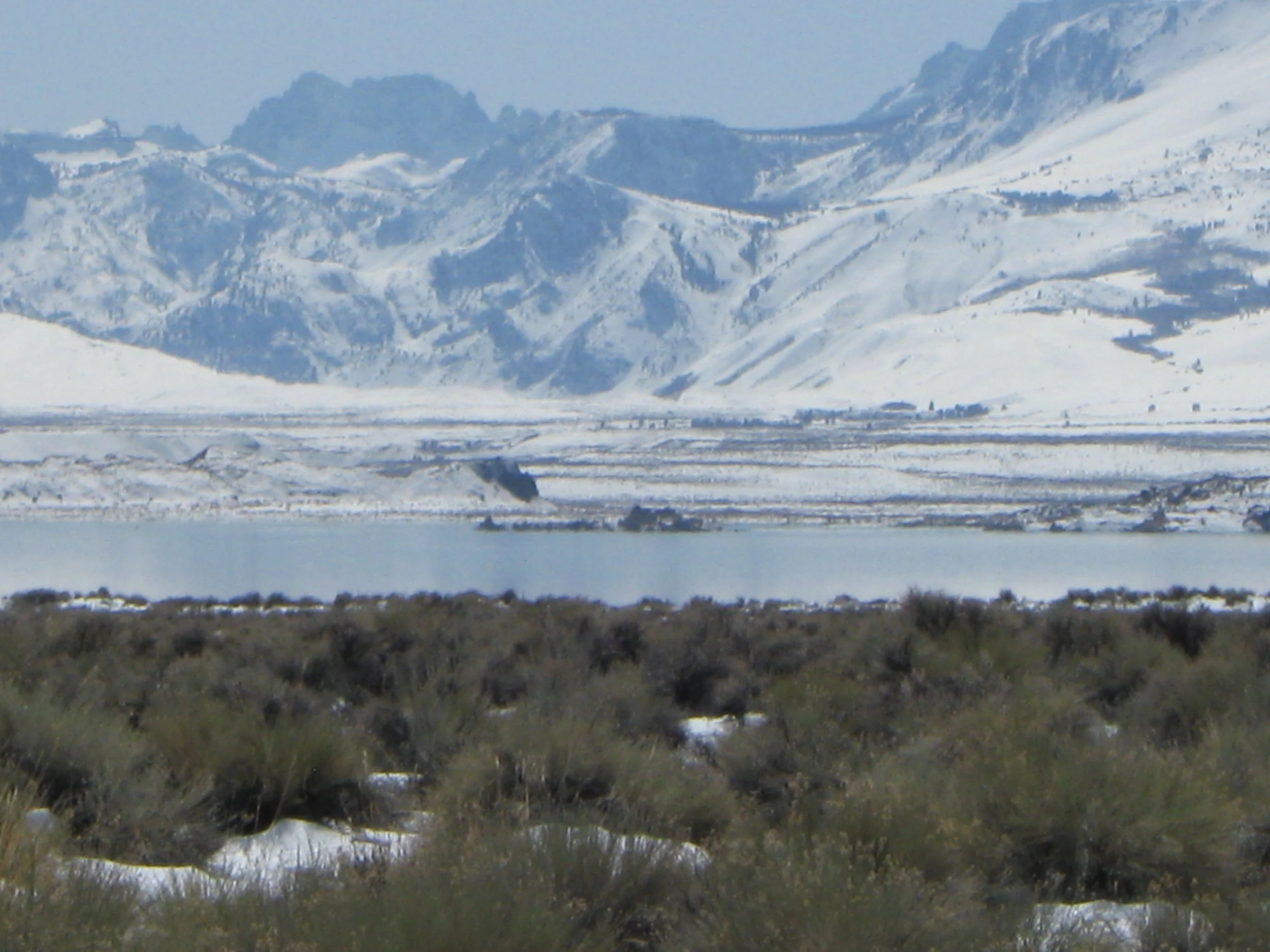The Challenge of Ancient Rome
/We are a people of our time. No matter how hard we try to be something different we are tied to our present time and space. I learned that yesterday on our tour through Ancient Rome with Francesca Caruso who specializes in tours of Rome’s ancient history. https://francescacaruso.com
Through the use of vivid imagery and an extensive knowledge of the ancient’s lives, Francesca brought the ruins of the colosseum and its people to life and placed us in the center of their daily existence.
Standing in the shadow of the outer wall and looking up to the rim 15 stories overhead, it is hard to fathom that this building was started in 72 CE and completed by 80 CE with most of the work done in 4 years. The financing came primarily from the sacking of Jerusalem in 70 CE which included many of the 1,000 slaves necessary for the construction.
I am impressed simply by the scale and magnitude of the work. Having worked in heavy construction when I was younger, it is hard to comprehend this type of undertaking without the supporting heavy equipment.
The technical construction aspects aside, Francesca reminded us the building needs to be interpreted with an understanding of the Roman people and their use of the building.
It is estimated that between 250,000 and 500,000 people died in the Colosseum over the course of its life. Many animals of Northern Africa (lions, tigers, etc) were transported to the Colosseum for sport and spectacle until several spices became extinct north of the Sahara Desert.
In a city of over 1 million inhabitants and the center of an empire which encircled the Mediterranean Sea, the leaders of the Roman Empire were in a precarious position. Somehow these rulers needed to impress the people of Rome with their leadership power while giving the people pride in themselves.
The Colosseum and the games provided this opportunity. Using Francesca’s example, imagine a young child sitting around the arena and suddenly a tiger leaps from one of the trap doors into a forest which has been transported to cover the arena’s floor. The young child understands that this beast came from a distant land of strange flora and fauna, but it is a part of his empire. In addition to the wonder there is pride. As the child looks around him at the magnificence of the structure, he see the strength and power emanating from the buildings and from the spectacles and games. He sees Roman dominance. This perception is transferred to the leaders of Rome.
The Roman rulers used the Colosseum as a propaganda tool. In the morning the Colosseum held the animal events. Noon was set aside for killing the criminals. In the afternoon the gladiator events were held. The spectators were shown: 1) you are members of a vast empire, be amazed and proud, 2) this is what happens if you commit a crime, and 3) here are the best of the best, the bravest of the brave.
It is a hard to believe but a fact that for nearly 1,000 years most of the civilized world was ruled by one city. From the Roman Forum came the rules and directives that impacted the lives of most of the people (including those outside the empire) of the organized world.
The people of Ancient Rome are not like us. As Francesca explained, the people of 1st Century Rome were a people of their time. The average life expectancy was about 35 years. Nearly 50% of all children died before the age of 10. Probably 20% of the people of Rome (about 1 million) lived in extreme poverty on the streets. The rest of the people simply lived in poverty, except for that small minority who controlled everything.
They looked at life completely differently than we do 2,000 years later. We cannot judge them because their circumstances, their time and place, are so vastly different from our time and place today.
The way we feel today is shaped by the situations around us. The way we feel about each other is shaped by how we treat each other.
The ancient Romans have offered us challenge. We can learn from them. We have the ability to rise above our circumstances and situations and think about and create the future as we want it to be. A big decision stands before us. The choice is; will we be the people of our circumstances, or will we be the people we want to be. The choice and answer is ours.
Photo Caption: From this location between the Capitoline Hill and the Velian Hill and for over 1,000 years the world turned based on the decisions made in the Roman Forum. Our cultural roots are traced back 2,500 years to this ancient civilization which gave us the basis for a form of government, civil and criminal legal codes, ethical standards, and engineering and architectural standards.

